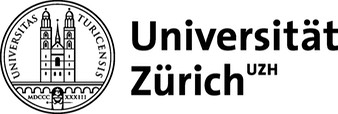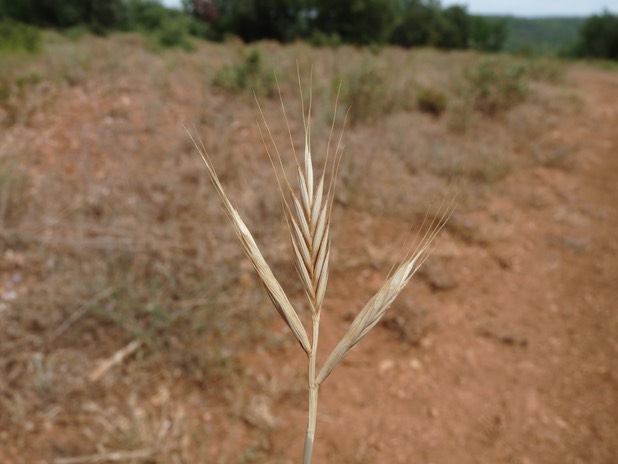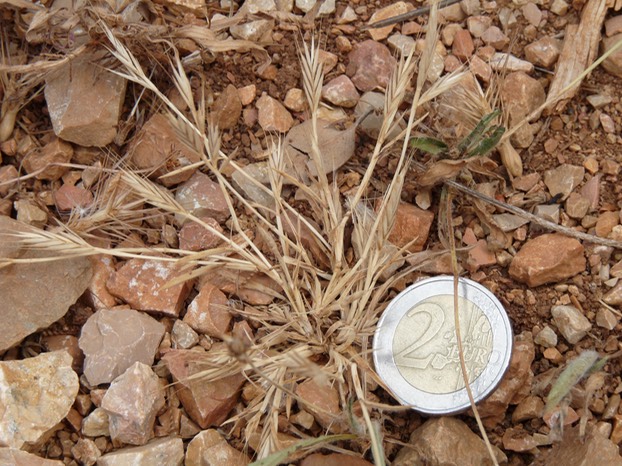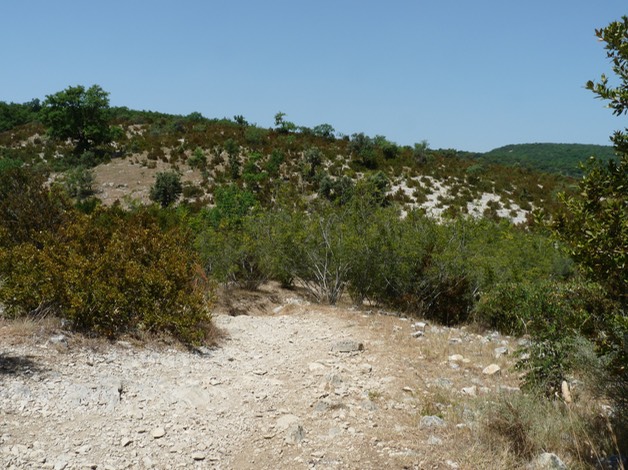
Transposable elements and natural population evolution
Transposable elements (TEs) are mobile DNA sequences which have the capacity to replicate and move from one location to another in the genome. While TEs have long been seen as causing agents of genomic instability, it is now established that they can produce broad functional and beneficial changes, from the fine tuning of nearby gene expression to the alteration of gene function. They constitute therefore a driving force of evolution.
TEs activity is induced by biotic and abiotic stresses. Thus, distinct ecological environments acting on closely related lineages are expected to create intra-specific variability in TE patterns (genetic novelty). However, with the reliance of most research on plant of economical interest, examples enlightening the role of TEs on phenotypic variation are bias towards visible traits of agronomical interest. For these reasons, we still ignore how often and to what extent TEs contribute to adaptive evolution in plants.
Brachypodium distachyon constitutes an ideal system to tackle this question. Established as a powerful functional genomics resource for the grasses, its genome (270 Mb) is fully sequenced. TEs compose about 22% of the genome and have been exhaustively annotated. Using natural accessions of B. distachyon, our first project aims at better characterizing the role of TE polymorphisms on natural populations evolution and local adaptation.
Transposable elements and epigenetic modifications
Because insertions into coding or regulatory sequences can be highly deleterious, active TEs pose a considerable threat to genome integrity. Yet, host genomes have evolved safeguarding mechanisms enabling TE silencing. Typically, RNA-directed DNA Methylation (RdDM) epigenetically maintains TEs in a transcriptionally silent state via DNA and histone methylation. As repressive epigenetic states can spread to neighboring regions, TEs can influence the expression of neighboring genes Strikingly, the genome of B. distachyon harbor numerous TE insertions in the vicinity of genes (<2kb). Our second project aim at answering fascinating questions about the role of TE on epigenetic regulation: what is the genome-wide impact of these TE insertion polymorphisms on genome expression? Do novel TEs insertions modify local epigenetic states and spatial arrangements at target loci?
B. distachyon - panicle


B. distachyon - entire plant

Typical habitat of B. distachyon (Cévennes - France)